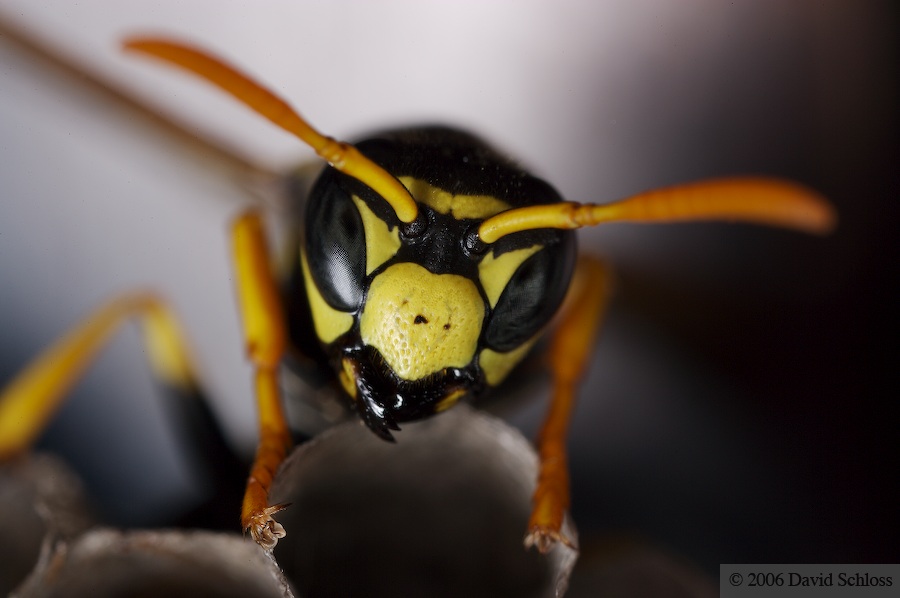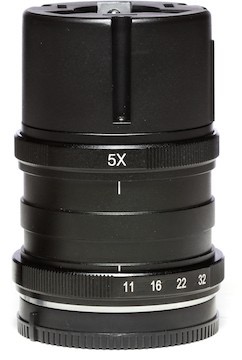Hyper-macro photography has long been one of my passions. For years I stalked bugs in my yard with a Canon 65mm 1X-5X Macro lens and a Canon 1Ds. While it was an incredibly heavy and cumbersome setup, the results were amazing.
 Hyper-macro of a wasp with the Canon 1X-5X Macro Lens
Hyper-macro of a wasp with the Canon 1X-5X Macro Lens
As a Nikon shooter, there hasn’t been a comparable lens setup the platform, and since there’s not a lot of commercial demand for macro work I’ve drifted from shooting hyper macro work.
That’s why the Nanoha 4x-5x Ultra Macro lens appealed to me—it’s a small, lightweight macro lens that provides incredible resolution power for the Sony system. Could this be the replacement for my beloved Canon 1X-5X?
If you’ve never heard of Nanoha, that’s not a surprise. The company doesn’t have a U.S. presence, and their website is pretty devoid of information.
The company is so obscure that I only found out about this lens when browsing the LensRentals.com page for Sony lenses.
While the Canon lens required an external strobe system to illuminate subjects, the Nanoha lens has a built-in set of LEDs and a micro-USB jack to power the lights. This allows shooters to get incredibly close to the subject and still have illumination.
That’s fortunate because the lens has to be incredibly close to a subject, a bit too close for comfort. On both aSony a7R and the Sony a6000, it’s necessary to get so close to a subject that bumping into the subject happens pretty constantly. That might be good for a flower or a still object, but it’s pretty impossible to photograph an insect if you’re tapping it with your lens.
Image quality on the Nanoha is good, but not great. It’s certainly not on par with the Canon lens, though it’s a much better solution optically than taking a prime lens and stacking macro extension tubes on it.
The lens is designed for APS-C sensors like those on the a6000, but I actually preferred to use it on the Sony a7R. Partially this had to do with sensor resolution, the a7R is a big, full frame sensor and images looked better than those from the a6000. The tradeoff is that the lens can only work at 5x life, at the 4x life setting there is massive vignetting on the images.
The images at 5x life, especially with the focus-crop of using it on a full frame system, are very, very close.
At $450, it’s a good add-on lens for people looking to do some macro work, and it’s half the price of the Canon lens. But the image quality of the lens isn’t on par with the Canon 1x-5x, so a better solution for serious macro shooters would be to buy the Canon lens and the Metabones converter.
Still, if you’re looking to dip your toe in the hyper-macro world, the Nanoha lens is a great starting point. It will offer a new perspective on the world and will let photographers play with hyper-macro without spending $1800 on a lens, strobe system and converter to use the Canon 1X-5X lens.
…My daily shooter is Sony A1 with a vertical grip and various Sony lenses attached like the FE 20mm F1.8. Find more gear recommendations in our shop. As an Amazon Associate I earn from qualifying purchases.

